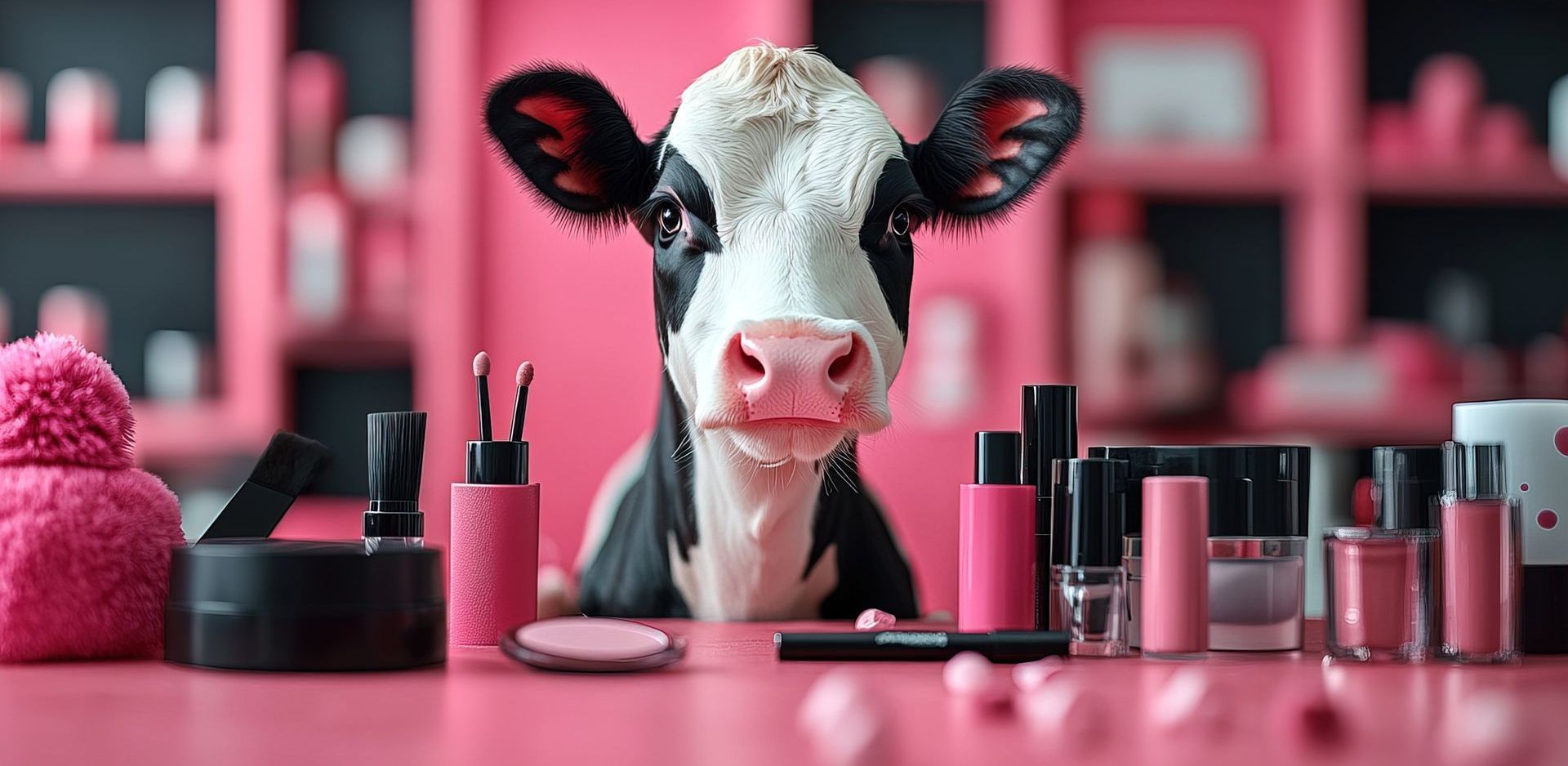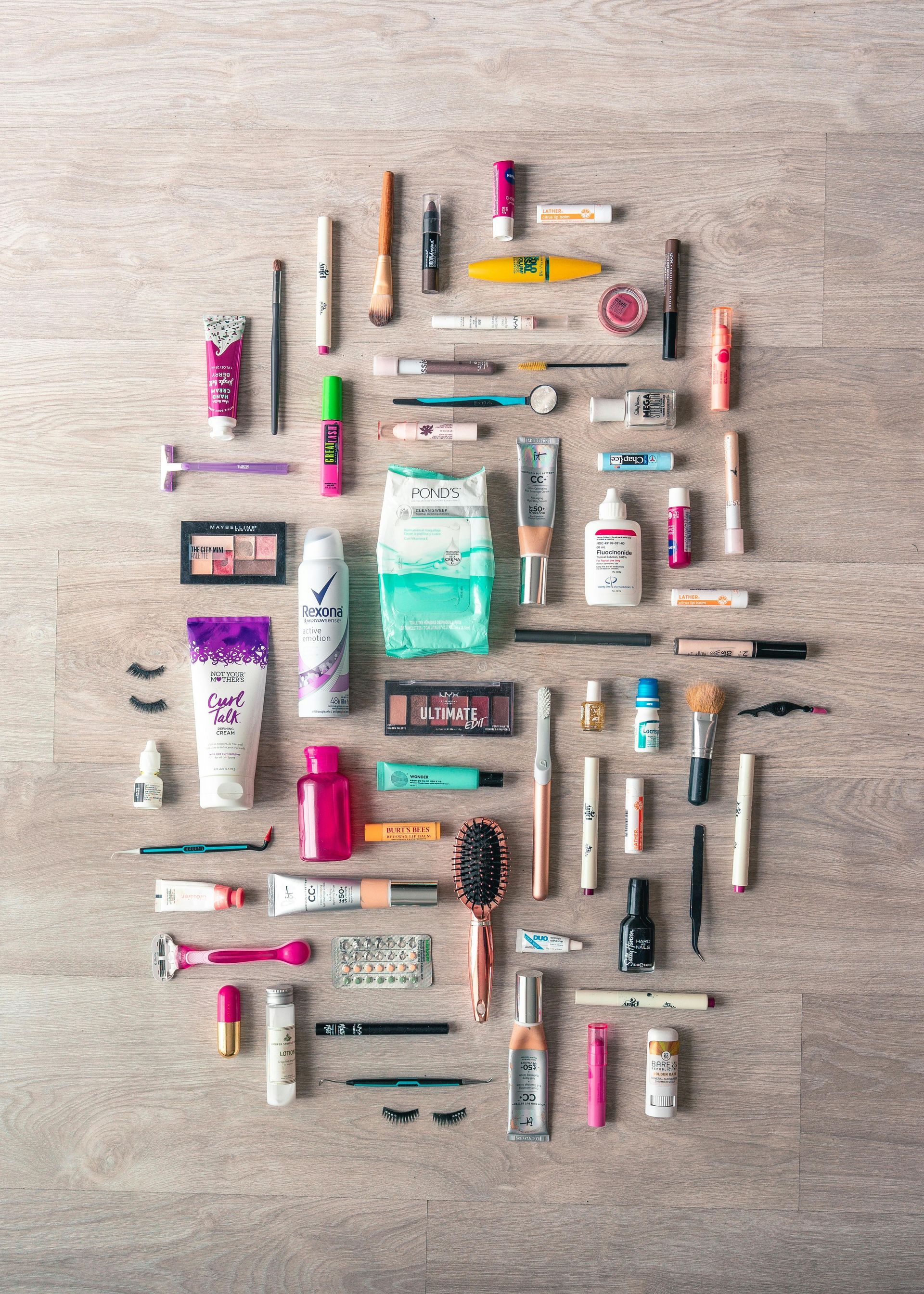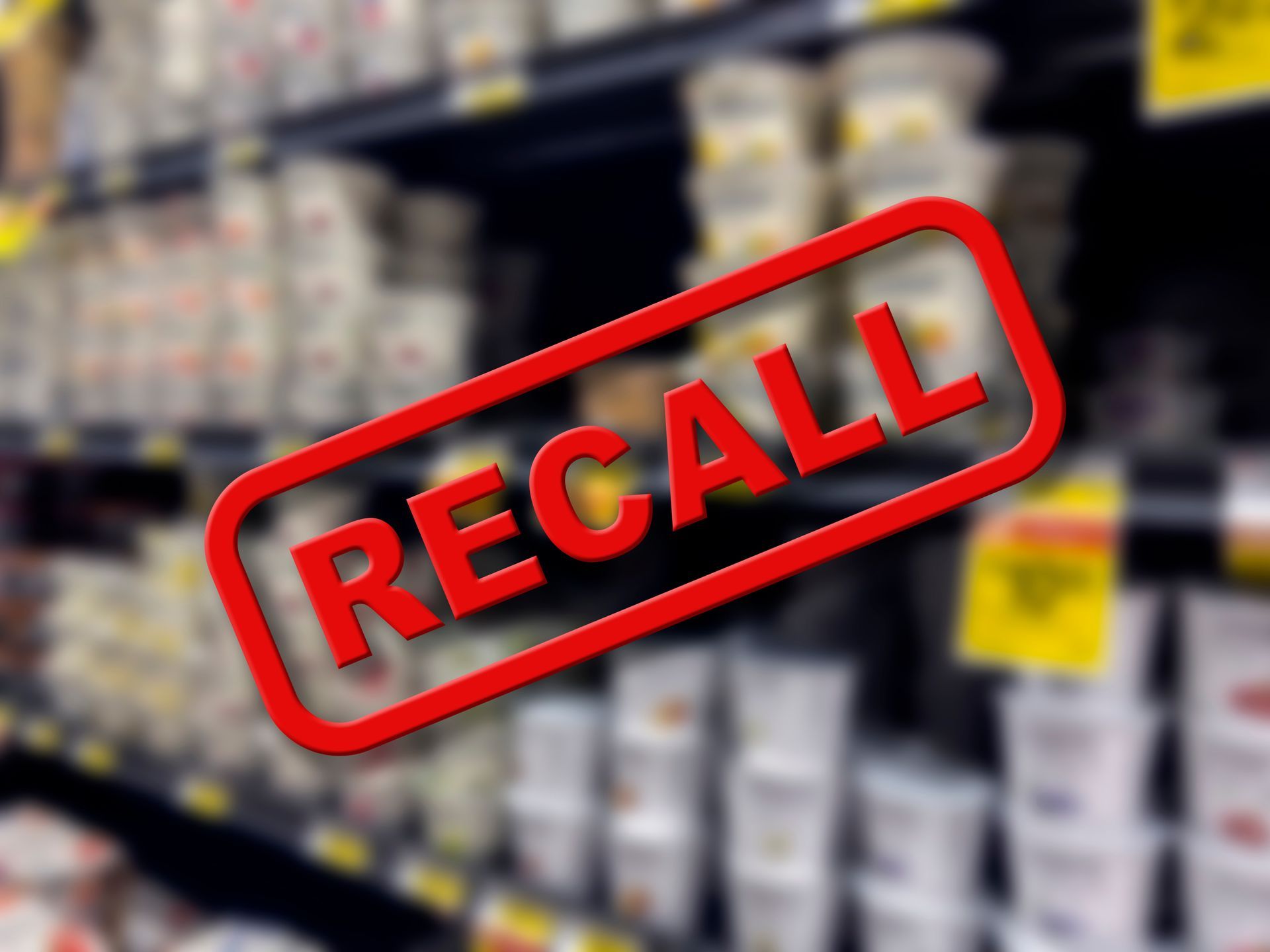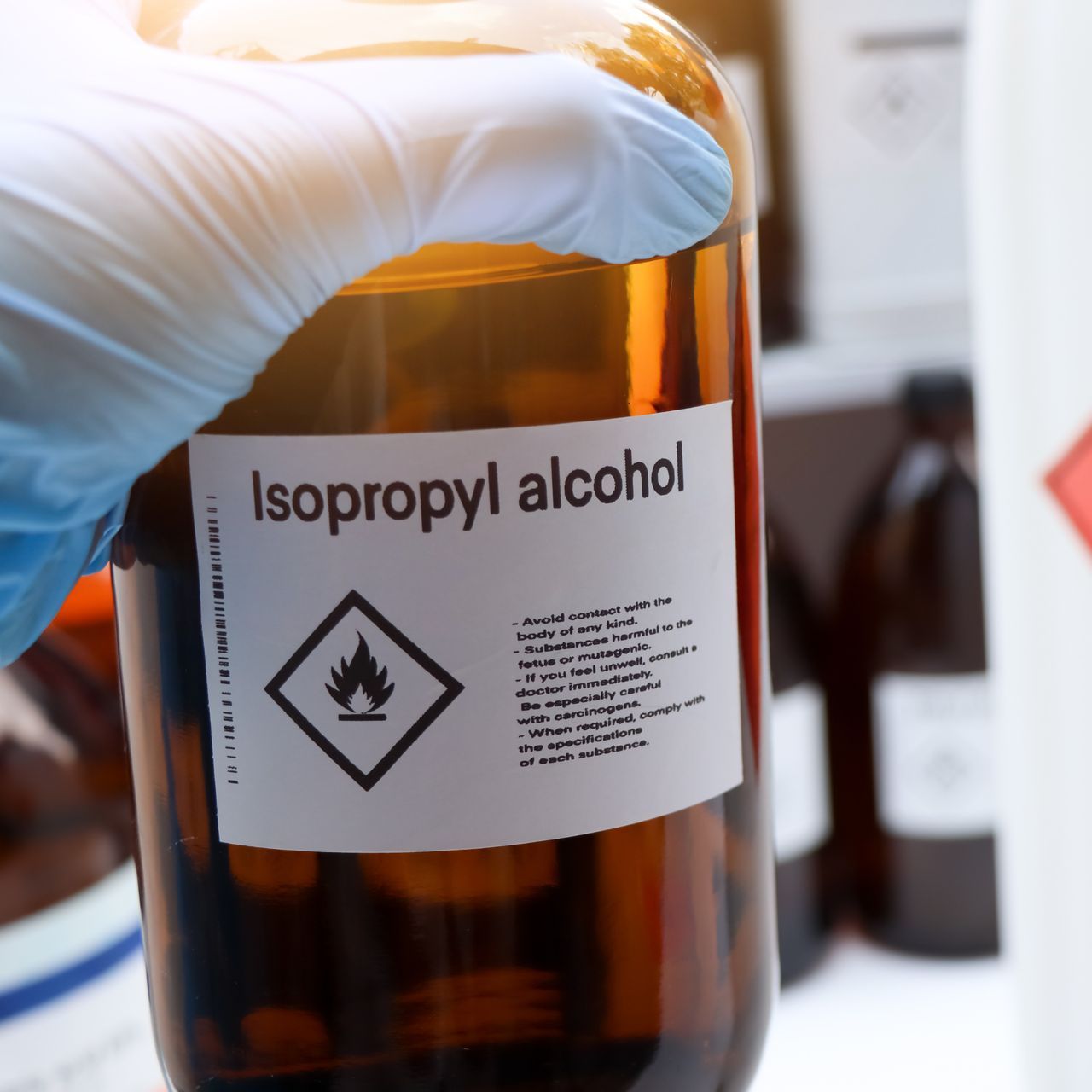Beef Tallow in Cosmetics: A Look into the Past, Present, and Future
Navigating Beef Regulations in Cosmetics: From Past Controversies to Future Innovations

Throughout history, agriculture has always been intertwined with the beauty industry. From using milk baths in ancient Egypt to incorporating honey in skincare routines, natural ingredients have long been favored for their beneficial properties. However, one contentious ingredient that has made its way into cosmetics is beef.
The Mad Cow Scare in the 1990s
In the 1990s, the world was gripped by the mad cow disease (BSE) crisis, which had a significant impact on the beef industry. The disease, which affected cattle, raised concerns about the safety of beef products and byproducts. This also cast a shadow over the use of beef-derived ingredients in cosmetics, prompting companies to reevaluate their sourcing and manufacturing practices.
FDA Beef Regulations in Cosmetics
To address these concerns and ensure consumer safety, the Food and Drug Administration (FDA) in the United States introduced regulations regarding the use of beef in cosmetics. These regulations require companies to adhere to strict guidelines when using beef-derived ingredients, such as tallow, in their products. Tallow, a rendered form of beef fat, is commonly used in cosmetics for its moisturizing properties.
Some of the key regulations include:
- Labeling Requirements: Companies must clearly label products containing beef-derived ingredients to inform consumers of their presence. This helps individuals with allergies or ethical concerns make informed purchasing decisions.
- Quality Control Standards: The FDA sets strict guidelines for the sourcing, processing, and storage of beef-derived ingredients to ensure they meet safety and quality standards. This includes measures to prevent contamination and ensure the purity of the ingredients.
- Documentation and Record-Keeping: Companies using beef-derived ingredients are required to maintain detailed records of their suppliers, manufacturing processes, and testing procedures. This helps the FDA trace the source of ingredients in case of any safety concerns or quality issues.
- Safety Testing: Before being used in cosmetics, beef-derived ingredients must undergo safety assessments to ensure they do not pose any health risks to consumers. This involves testing for potential allergens, contaminants, and other safety concerns.
The New Tallow Trend in Cosmetics
Despite the controversies surrounding beef-derived ingredients, tallow is making a comeback in the beauty industry. With a growing interest in natural and sustainable beauty products, tallow has emerged as a sought-after ingredient due to its moisturizing and nourishing properties. Many brands are now incorporating tallow into their skincare and haircare formulations, touting its benefits for the skin and hair. Here are just a few product examples that can benefit from tallow:
- Moisturizers: Beef tallow can provide deep hydration and nourishment to the skin, making it an excellent ingredient for moisturizing creams and lotions.
- Lip balms: The emollient properties of beef tallow make it a great component in lip balms, helping to soften and protect the delicate skin on the lips.
- Body butters: Beef tallow's richness and moisturizing benefits make it a suitable ingredient for body butters, providing long-lasting hydration to the skin.
- Soaps: Tallow-based soaps are known for their creamy lather and moisturizing properties, making them popular choices for gentle cleansing.
- Salves: Beef tallow can be used in salves and balms to soothe and nourish dry, irritated skin, providing a protective barrier against environmental stressors.
- Hair products: In hair care products like conditioners and styling balms, beef tallow can help to moisturize and nourish the hair, promoting softness and shine.
As consumers become more conscious of the ingredients in their beauty products, the demand for transparency and accountability in the industry is on the rise. Companies are under pressure to source their ingredients ethically and sustainably, ensuring that their products are not only effective but also environmentally friendly.
Sustainability
Beef tallow is considered sustainable in cosmetics due to its natural composition and the way it can be sourced ethically. Tallow is a byproduct of the meat industry, making use of a part of the animal that might otherwise go to waste. This aligns with sustainability principles by reducing waste and maximizing the use of resources. Additionally, tallow is a natural ingredient that can provide various benefits to the skin, such as moisturization and nourishment. When sourced from pasture-raised or grass-fed animals, beef tallow can also be environmentally friendly, as it supports sustainable farming practices and reduces reliance on industrial agriculture. Overall, the use of beef tallow in cosmetics can be seen as a sustainable choice that promotes both ethical sourcing and environmental consciousness.
Bottomline
The use of beef-derived ingredients in cosmetics has had a turbulent past, marked by controversies and safety concerns. However, with stringent regulations in place and a renewed interest in natural beauty products, tallow is carving out a niche for itself in the cosmetics industry. As the beauty industry continues to evolve, it will be fascinating to see how the use of beef in cosmetics adapts to meet the changing demands of consumers and the regulatory landscape.
Stay tuned for more updates on the latest trends and developments in the world of cosmetics brought to you by Much Love Cosmetic Labs!
Get in Touch with Us
Have questions or need assistance? We're here to help! Reach out to Much Love Cosmetic Labs, and let’s create something beautiful together. Whether you're looking for custom formulas or stock options, our team is ready to support your cosmetic journey.




